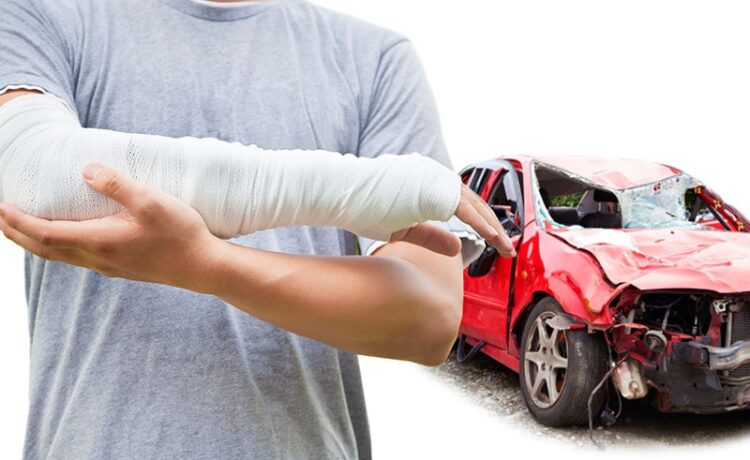Car accident injuries are the consequences of a collision with another vehicle. In some cases, there are no injuries, but in other cases, you may suffer injuries such as whiplash, broken ribs, traumatic amputations, and post-traumatic stress disorder (PTSD). Read on to learn more about the different types of car accident injuries and what you can do if you are injured in a collision.
Can car accident injuries be delayed? No. So you have to learn all about the injuries.
Whiplash
Whiplash is an injury that occurs to the neck and spine after a car accident. It can cause damage to the vertebrae and muscles, resulting in chronic pain. If not treated right away, the injuries can become worse.
In severe cases, the pain can be dull and last for months or even years. However, the effects of whiplash may not become apparent immediately after the incident. Rather, it may take weeks or months to develop.
When people are involved in a rear-end car collision, their head and neck are thrown backward. As a result, the vertebrae in the neck and cervical spine can be jolted out of place. This can cause painful headaches and numbness.
Broken ribs
During a car crash, ribs can be broken. This can cause a host of complications. It can lead to painful and serious internal bleeding. It can also damage the lungs and other organs. The best way to prevent this from happening is to seek medical attention immediately after an accident.
There are several ways to treat a broken rib. A doctor may prescribe pain medication, muscle relaxers, or even anesthesia. However, if your rib is broken beyond repair, surgery may be needed.
Depending on your age and overall health, your recovery time will vary. In fact, many injuries that appear after a car accident do not become apparent for days or even weeks.
Collapsed lungs
When someone has been in a car accident, there are many different types of trauma to the body. One of the most dangerous injuries that can occur is a collapsed lung. The symptoms of this condition include shortness of breath, cough, and chest pain.
In order to determine if you have a lung injury, it is important to see a doctor. You will likely go to a hospital, where they will take blood and other tests to diagnose the condition. They will also give you a physical exam and recommend that you come back for a follow up appointment.
While there are some cases that may heal on their own, more severe injuries require surgical treatment. A doctor will perform a procedure called a thoracostomy to remove the air that is trapped in your chest cavity.
Post-traumatic stress disorder (PTSD)
After a traumatic accident, the symptoms of post-traumatic stress disorder (PTSD) can be extremely debilitating. Symptoms may begin within a few weeks after the incident, but can last for a year or more.
One way to treat PTSD after an accident is to talk to a professional. A family doctor or a trauma therapist can help victims cope with the event. It is important to find the right therapist for you.
A doctor may prescribe anti-anxiety medications to help reduce the intensity of PTSD symptoms. These can be taken alone or in combination with psychotherapy.
Another option is cognitive behavioral therapy. CBT focuses on the behavioral and emotional aspects of PTSD.
Penetrating injuries
A penetrating injury is an open wound caused by a projectile that enters or passes through the skin. It can be caused by a gunshot or a high-velocity object. A stab wound is another type of penetrating injury.
Most cases of penetrating injuries are associated with a low survival rate. This is due to the fact that a large amount of blood is lost. In addition, the body’s tissue is crushed by fragments that break off from the projectile.
The most common cause of penetrating injuries is a bullet. However, other causes such as a stab wound can also be a complication of a car accident.
Traumatic amputation
The traumatic amputation of a body part is a devastating and life-altering injury. Amputation injuries can be caused by a variety of accidents, including car crashes. The best available treatment can help the victim recover from the trauma.
In some cases, the amputation of a body part is the only way to save the person’s life. In other cases, the loss of a limb is necessary to prevent the spread of an infection.
Amputation injuries are expensive and require a long recovery. Medical expenses can include hospitalization, physical therapy, and medications. They may also include the costs of prosthetics.
The consequences of amputation can include the loss of mobility, the inability to perform certain daily tasks, and psychological distress. However, the most important complication is bleeding.





